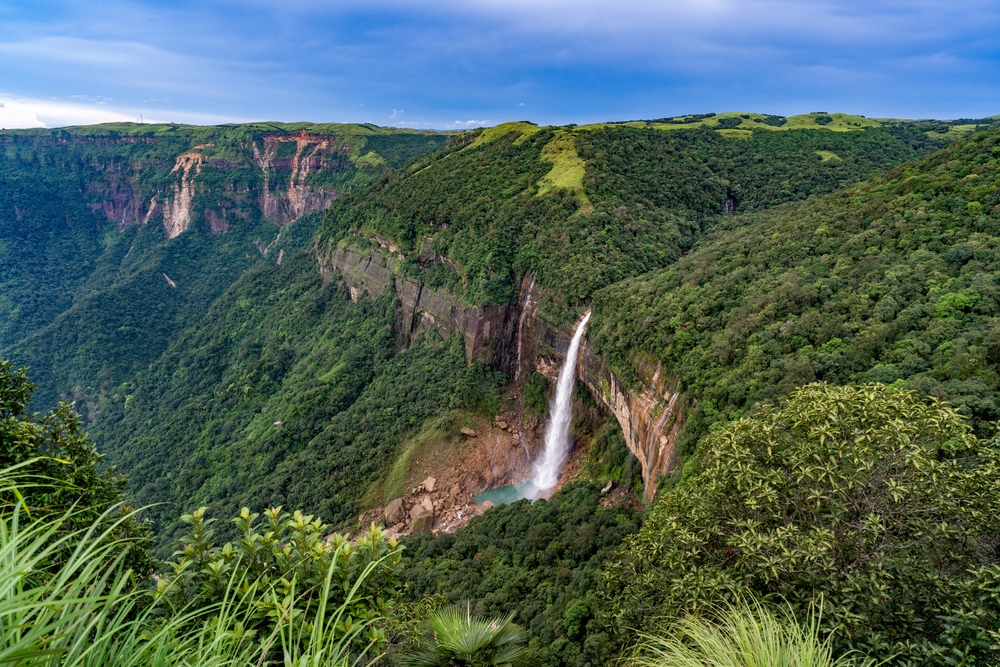Sam Shank, co-founder HotelTonight, is here to help make sure you never make these common mistakes upon hotel check-in or checkout.
When it comes to staying in a hotel, there are some definitive dos and don’ts to follow. Don’t walk around the hallways barefoot. Don’t steal the towels or bathrobes. Do put all your trash in the bin before you leave. Do tip for good service. Just as these unofficial rules will make your stay more enjoyable for both you and the staff, so will the dos and don’ts of checking in and out of the hotel.
To ensure your hotel check-in and checkout process is as smooth as possible, we called on a hotel expert: Sam Shank, co-founder of the booking app HotelTonight. With Shank’s invaluable advice, we’ve outlined the 10 biggest mistakes to avoid when checking in and out of your hotel.
Not Asking About Resort Fees
The last thing you want on vacation is to fall victim to hidden fees. Sometimes built-in additional costs are inevitable — “resort fees are unfortunately becoming more common,” says Shank — but at least knowing about them ahead of time allows you to prepare and budget accordingly. Even when they seem set in stone, he always asks if they’re optional. “Sometimes,” he says, “I am successful.”
Not Requesting an Early Check-in or Late Checkout
When booking your hotel, remember that many properties are making moves to nix the typical check-in and checkout rules. Take The Hoxton for example. The hip chain with hotels around the world from Williamsburg to Rome has a Flexy Time policy that allows you, the guest, to choose when you check in and out. So, don’t be afraid to ask about arriving early or leaving late. Shank says it’s best to be flexible about your room type, as that may increase the chances of the hotel being able to accommodate your request. “I have found that early check-in and late checkout is as easy as asking nicely about it at the front desk,” he says. “Be willing to trade a particular room type for early access.”
Not Asking for a Specific Room If You’re a Light Sleeper
Always be aware of your sleeping preferences when traveling — this is, after all, your time to recuperate and relax. If your sleeping habits dictate the type of room you’ll be happiest in, speak up. “I’m a light sleeper, so I always ask for a room far from the elevator, on a high floor, and facing the least busy street or a courtyard,” says Shank.
Forgetting to Do a Final Sweep of Your Room
Do you ever stop before leaving your house and whisper to yourself, “wallet, phone, keys?” If you don’t, now might be a good time to start. Go through a mental checklist and do a walk-through of your hotel room before leaving. “I can’t count all of the device chargers I’ve left in hotel rooms,” Shank says. “Now, I make sure to look at every outlet during my final sweep of the room.”
Not Providing Your Contact Information at Check-in
Shank makes an interesting case for leaving his information with the front desk as soon as he arrives at a hotel. “During check-in, I leave my email address and ask for my folio to be sent to me after checkout,” he says. “This way, I can skip checkout and walk out of the hotel, knowing I’ll have a chance to review any charges later on my own schedule.” This isn’t acceptable at every hotel, so read up on the checkout policies before dashing out the door.
Not Leaving a Tip for the Housekeeping Staff Before Checkout
In the U.S., it’s customary to tip servers, bartenders, hairstylists, and cab drivers. Leaving gratuity for the housekeeping staff at a hotel is also a good travel habit. If you’ve forgotten to tip housekeeping daily during your stay, the best thing to do is leave a tip in the room before you check out. “I always make sure to leave a tip for the cleaning staff — they do as much as anyone to make sure I had a great stay,” says Shank. The American Hotel and Lodging Association suggests a tip amount between $1 and $5 a day.
Waiting in Line to Check Out If You’re Crunched for Time
Hotels today don’t always require you to stand in line at the front desk to check out. You usually just have to make sure you vacate the room on time, whether that’s at the designated checkout time or a previously agreed upon late checkout time. Make sure you have a chance to review your bill and that the hotel has a credit card on file for any room charges. Go ahead and visit the front desk if you prefer to review your bill in person, but if you’ve followed Shank’s tip to give an email address and card upon checking in, you can typically just head out. Don’t forget to leave your keycards in the room so the hotel can reuse the plastic.
Forgetting to Look at the Itemized Bill
If you’re worried that the hotel will not email you a bill — or that you won’t see it because your email inbox is a mess — then skip the last tip and leave yourself extra time to review your bill with the front desk before checking out.
Not Asking (Nicely) for an Upgrade
Shank is very much in the camp of asking for an upgrade if there’s an opportunity to do so politely. “On the day of arrival, the front desk will have a lot of discretion to assign rooms,” he said. “They likely will have a few nicer rooms that they have to put someone in. That someone could be you, so ask nicely.”
Overpaying for an Upgrade at Check-in
The song and dance of getting an upgrade at a hotel is not unlike trying to qualify for an upgrade on a flight. In either instance, you’ll want to put in the request as soon as you can, and you should have a threshold for the amount you’d be willing to pay. If it comes up, Shank recommended “offering a reasonable amount for an upgrade — my rule of thumb is 10 percent of what you paid.”



